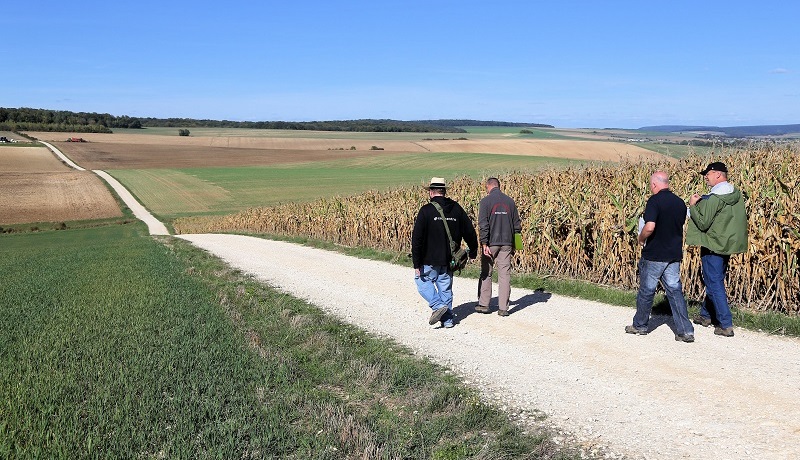I have often told friends, family and clients that “battlefields speak to me.” Some months ago on the internet I found the paragraphs (below) written by Major Nigel Price, 7th Duke of Edinburgh’s Own Gurkha Rifles and a Falklands War veteran. I don’t know the Major, and I don’t know when or where he made these comments; but I think they capture the feeling that many of us have when we visit the battlefields. So, I hope he won’t mind me posting his comments below:
“There is something sacred about a Battlefield. Often it is a place where history has changed course, like the point on a long march where the compass needle is consulted and a new bearing set. But greater than historical significance is the human element. It is a place where men have died – for it has mostly been men – usually en masse and in the prime of their youth and strength. Soldiers don’t fight for history, rarely even for Country, and certainly not for governments. They fight because their Regiment places them in harm’s way, and their Regiment is family. They fight for their mates. In the last stand they fight for their lives. It is the individual stories of courage and struggle that touch us and sanctify the spot.
A Battlefield is sacred because it is a point in time and space where soldiers confronted the most intimate of both demons and angels. It is a place where, however frightened, they mustered all that they were and faced death.”
This is exactly the reason why, at Knee Deep Into History, we prefer to spend more time on the battlefield itself than in museums, and why we strive to tell soldiers’ stories on both sides of the conflict.
#kneedeepintohistory #meusearegonne #battlefieldtours #ww1tours #ww2tours

The Major’s words are very moving, at least for people of my age (65). Two years ago, I took my younger son, who was about spreading his wings and leaving home, on a short journey across some battlefields in France, where my late grandfather fought with his regiment in 1917 and 1918: We went to the Chemin des Dames and after that we visited Amiens to see its wonderful cathedral and finally we went to Villers-Bretonneux (the Australian National Memorial and its Sir John Monash Centre are an absolute MUST). A few miles outside the town, we were able to locate the exact position of the trenches where my grandfather’s regiment was swamped by the Australian surprise attack on August 8, 1918—it is hard to describe the feelings that come welling up in such a moment. Such emotional experiences defy description and anf they are truly priceless for they bring us incredibly close to our ancestors – a battlefield is indeed a sacred place, and it is the closest línk to my personal history I could ever imagine.